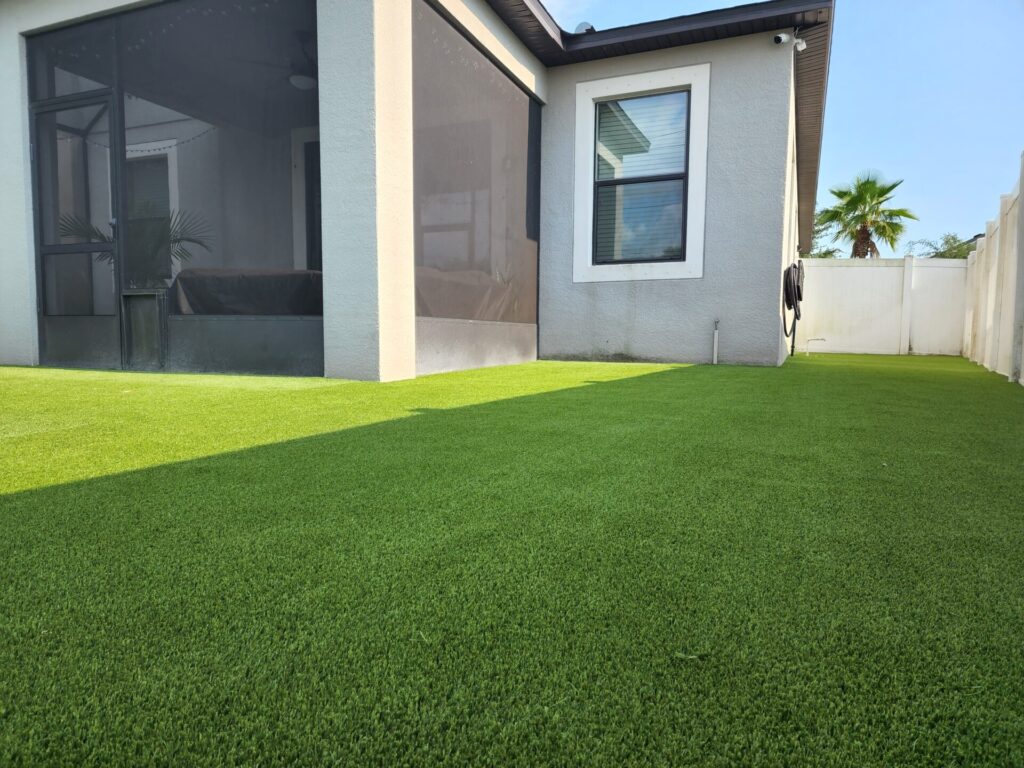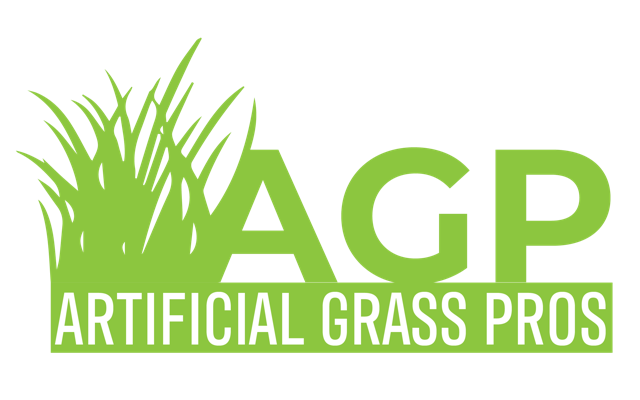Artificial turf, also known as synthetic grass, has become increasingly popular in various applications, from sports fields to residential lawns. While many people are familiar with its basic concept, several interesting and lesser-known facts about artificial turf exist. Let’s explore some of these surprising aspects.
1. Origins in Sports
Artificial turf was first introduced in the 1960s, primarily used in sports stadiums. The Houston Astrodome was one of the first major sports venues to install synthetic grass, which led to the term “AstroTurf” becoming synonymous with artificial turf. The initial purpose was to provide a durable and consistent playing surface that could withstand heavy use and varying weather conditions.
2. Environmental Benefits
Contrary to the perception that artificial turf harms the environment, it offers several ecological advantages. Synthetic grass eliminates the need for pesticides, herbicides, and fertilizers, reducing chemical runoff into water systems. Additionally, it conserves water, as it doesn’t require irrigation like natural grass. This makes it an excellent option for regions facing water scarcity.
3. Heat Concerns and Solutions
One common issue with artificial turf is that it can get significantly hotter than natural grass, sometimes reaching temperatures up to 60 degrees Fahrenheit higher. However, modern advancements have led to the development of cooling technologies, such as incorporating heat-reflective materials and infill systems that help reduce surface temperatures.
4. Longevity and Durability
Artificial turf is designed to be highly durable, with an average lifespan of 15-20 years. High-quality synthetic grass can withstand heavy foot traffic, making it ideal for sports fields, playgrounds, and commercial landscapes. Regular maintenance, such as brushing and infill replenishment, can further extend its lifespan.
5. Versatility in Use
While initially developed for sports applications, artificial turf has found its way into various other uses. Residential lawns, rooftop gardens, pet areas, and indoor spaces are increasingly outfitted with synthetic grass. Its versatility allows for creative landscaping solutions that are low-maintenance and aesthetically pleasing.
6. Impact on Injuries
There has been debate over whether artificial turf contributes to a higher incidence of sports injuries than natural grass. While early versions of synthetic grass were linked to increased injury rates, modern advancements have improved safety features. Today’s artificial turf systems often include shock-absorbing pads and more advanced infill materials, which help reduce the risk of injuries.
7. Recycling and Disposal
One of the challenges with artificial turf is its disposal at the end of its lifecycle. However, efforts are being made to address this issue through recycling initiatives. Companies are developing methods to recycle synthetic grass, breaking it down into its components for reuse in new turf or other products. This helps mitigate the environmental impact of disposing of old artificial turf.
8. Aesthetics and Realism
Early artificial turf often looked and felt quite different from natural grass, but advancements in manufacturing have significantly improved its realism. Modern synthetic grass features shades of green, brown thatch layers and varying blade lengths, making it almost indistinguishable from the real thing. This enhances its appeal for residential and commercial landscaping.
9. Cost Considerations
While the initial cost of installing artificial turf can be higher than natural grass, it is often more cost-effective in the long run. The reduced need for water, lawn care products, and maintenance labor leads to significant savings over time. Additionally, artificial turf’s durability means fewer replacements and repairs than natural grass.
10. Impact on Property Value
Installing artificial turf can positively impact property value, particularly in areas prone to drought or with stringent water usage regulations. A well-maintained synthetic lawn adds curb appeal and can attract potential buyers who appreciate artificial turf’s low-maintenance and eco-friendly aspects.
Conclusion
Since its inception, artificial turf has made numerous advancements, making it a viable and attractive alternative to natural grass. From its environmental benefits and durability to its versatility and aesthetic improvements, synthetic grass offers a range of advantages that are often overlooked. Whether for sports fields, residential lawns, or innovative landscaping projects, artificial turf continues to evolve, offering a sustainable solution for the modern world.


Recent Comments